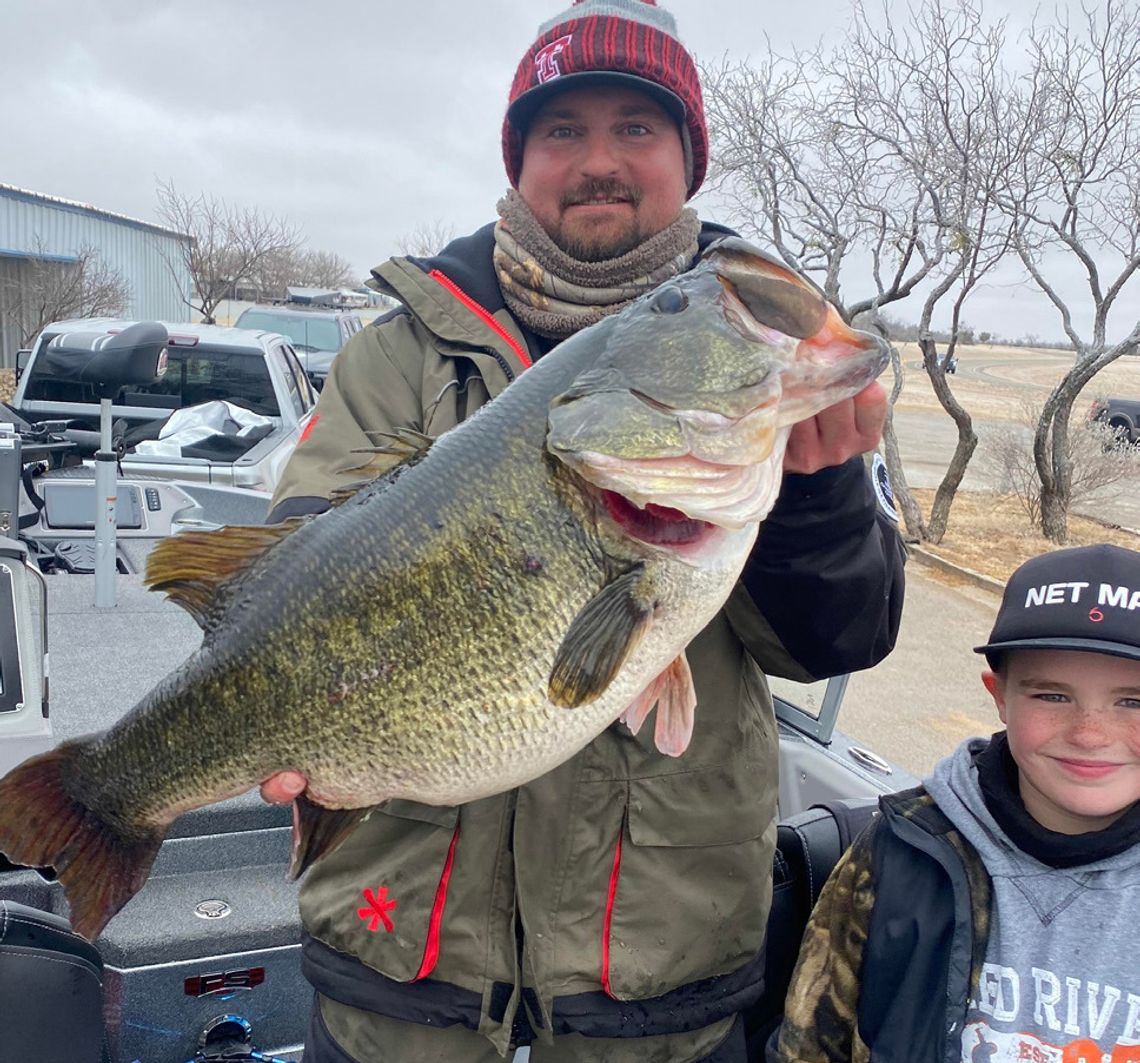It never fails. Sometime around the turn of the new year, Texas bass crowds always start pondering thoughts about the next state record largemouth. It’s only natural for chatter to surface about where the special fish might be caught. And when.
There was a time when it seemed like no state record bass was safe in Texas. Amazingly, the hallowed mark was set and reset six times on four different lakes in 12 years spanning 1980-92. It’s been a waiting game ever since.
The Run on Records
PLEASE LOG IN FOR PREMIUM CONTENT. Our website requires visitors to log in to view the best local news.
Not yet a subscriber? Subscribe today!




